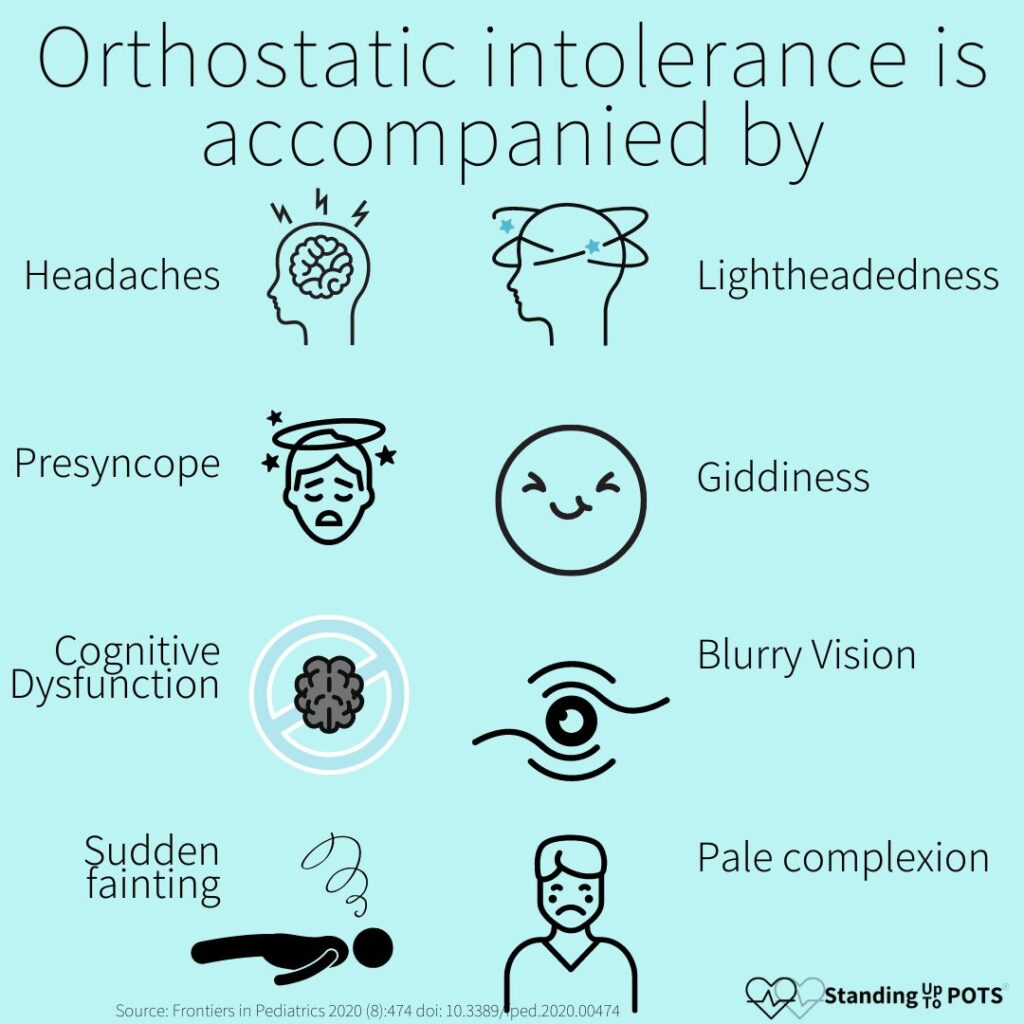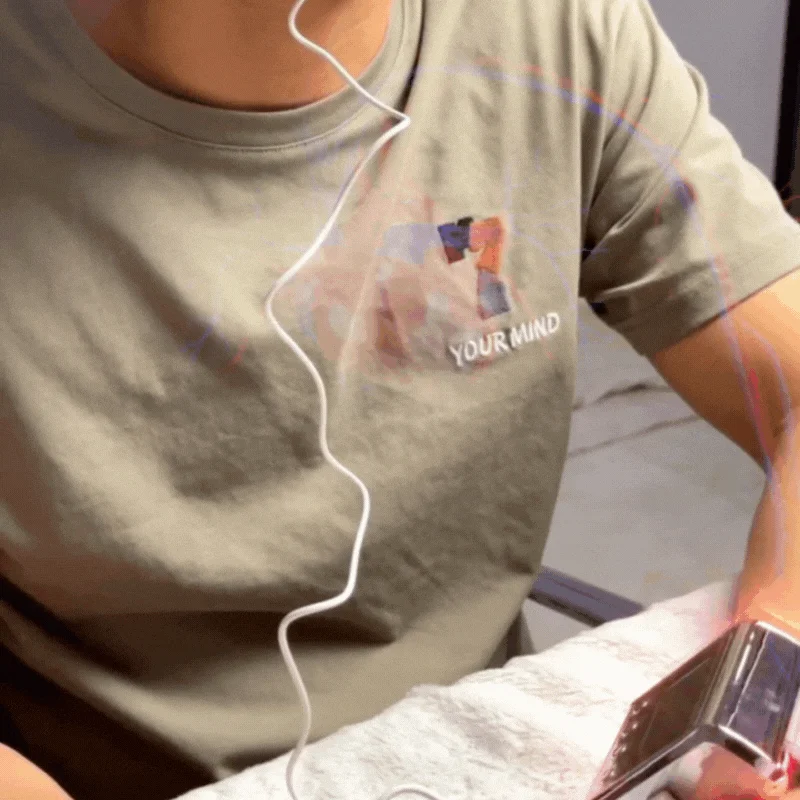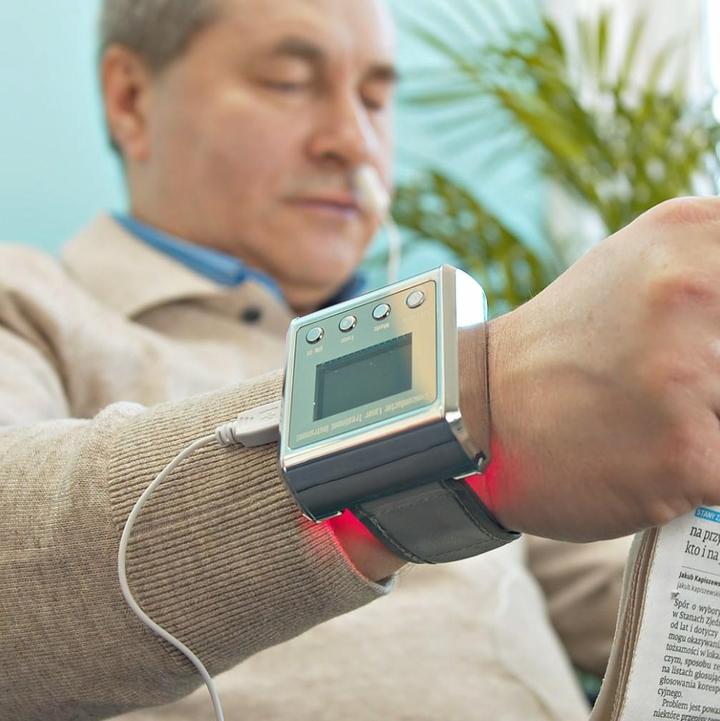Blog
5 Important Facts About Orthostatic Hypertension: Explaining How Hypertension, Heart Disease, and Stroke Are Related
Introduction
Experiencing dizziness or a significant rise in blood pressure upon standing may indicate a condition known as orthostatic hypertension. Understanding this condition is crucial because it can be a warning sign of underlying cardiovascular issues. This article presents 5 important facts about orthostatic hypertension and explains how hypertension, heart disease, and stroke are related. We’ll also explore effective management strategies to help you maintain optimal health.

1. What Is Orthostatic Hypertension?
Orthostatic hypertension is a condition where a person’s blood pressure increases significantly upon standing up from a sitting or lying position. Unlike orthostatic hypotension, which involves a drop in blood pressure upon standing, orthostatic hypertension involves an abnormal rise.
Key Points:
- Definition: An increase in systolic blood pressure of 20 mm Hg or more when standing.
- Prevalence: More common in older adults and individuals with certain health conditions.
- Significance: May indicate autonomic nervous system dysfunction and increase cardiovascular risk.
2. Causes of Orthostatic Hypertension
Several factors can contribute to orthostatic hypertension:
- Autonomic Nervous System Disorders: Conditions affecting the nerves that control blood vessel constriction.
- Arterial Stiffness: Reduced elasticity in arteries can cause abnormal blood pressure regulation.
- Medications: Certain drugs may influence blood pressure responses.
- Dehydration: Lack of fluids can affect blood pressure control.
- Underlying Health Conditions: Diabetes, kidney disease, and other illnesses may play a role.
3. Symptoms and Diagnosis
Symptoms May Include:
- Dizziness or lightheadedness upon standing.
- Headaches.
- Blurred vision.
- Palpitations.
- Feeling faint.
Diagnosis:
- Blood Pressure Monitoring: Measuring blood pressure while lying down and after standing.
- Tilt Table Test: Assessing how blood pressure and heart rate respond to changes in position.
- Medical History and Physical Examination: Evaluating symptoms and potential underlying causes.

4. Explaining How Hypertension, Heart Disease, and Stroke Are Related
Hypertension (high blood pressure) is a significant risk factor for both heart disease and stroke. Here’s how they are interconnected:
- Hypertension: Chronic high blood pressure can damage blood vessels and the heart over time.
- Heart Disease: Damaged arteries can lead to coronary artery disease, heart failure, and other cardiac conditions.
- Stroke: High blood pressure can weaken or rupture blood vessels in the brain, leading to a stroke.
Key Connections:
- Atherosclerosis: Hypertension accelerates the buildup of plaque in arteries, restricting blood flow.
- Increased Workload on the Heart: The heart must work harder to pump against higher pressure, leading to enlargement and weakening.
- Blood Vessel Damage: High pressure can cause micro-tears in vessel walls, promoting clot formation.
Understanding these relationships emphasizes the importance of managing blood pressure to prevent serious health complications.
5. Managing Orthostatic Hypertension
Effective management of orthostatic hypertension involves a combination of lifestyle changes and medical interventions.
Lifestyle Changes
- Hydration: Drinking adequate fluids to maintain blood volume.
- Diet: Consuming a balanced diet rich in fruits, vegetables, and low in sodium.
- Regular Exercise: Engaging in moderate physical activity to improve cardiovascular health.
- Slow Position Changes: Standing up gradually to allow the body to adjust.
- Avoiding Triggers: Reducing alcohol and caffeine intake, which can affect blood pressure.
Medical Treatments
- Medications: Prescribed by a healthcare provider to regulate blood pressure.
- Monitoring: Regular check-ups to track blood pressure changes and adjust treatment plans.
- Address Underlying Conditions: Managing diseases like diabetes or kidney disorders that may contribute.
MONKIKA Hypertension Laser Therapy Watch
The MONKIKA Hypertension Laser Therapy Watch offers an innovative approach to managing hypertension.
Features:
- Laser Therapy Technology: Utilizes low-level laser therapy to improve blood circulation.
- Non-Invasive Treatment: Safe and painless method to assist in blood pressure regulation.
- Ease of Use: Designed for convenient home therapy with simple operation.
Benefits:
- Improves Hemodynamics: Enhances blood flow and reduces vascular resistance.
- Reduces Blood Viscosity: Helps in lowering blood pressure levels.
- Holistic Approach: May aid in managing associated conditions like high cholesterol.
Why Consider MONKIKA:
- Complementary Therapy: Can be used alongside traditional treatments.
- Positive User Feedback: Many users report favorable results in blood pressure management.
- Accessible Solution: Offers an alternative for those seeking additional support.
Learn more about the MONKIKA Hypertension Laser Therapy Watch by visiting the product page.

Conclusion
Understanding orthostatic hypertension and its connection to overall cardiovascular health is essential. By recognizing the symptoms, causes, and how hypertension, heart disease, and stroke are related, individuals can take proactive steps toward prevention and management. Incorporating lifestyle changes, seeking appropriate medical care, and exploring innovative solutions like the MONKIKA Hypertension Laser Therapy Watch may contribute to better health outcomes.
Frequently Asked Questions
1. What is orthostatic hypertension?
Orthostatic hypertension is an abnormal increase in blood pressure upon standing up from a sitting or lying position, characterized by a rise of 20 mm Hg or more in systolic pressure.
2. How are hypertension, heart disease, and stroke related?
Hypertension can damage blood vessels and the heart, leading to heart disease. It also increases the risk of stroke by causing blood vessel damage in the brain.
3. What are common symptoms of orthostatic hypertension?
Symptoms may include dizziness, headaches, blurred vision, palpitations, and feeling faint upon standing.
4. How can the MONKIKA Hypertension Laser Therapy Watch help?
The MONKIKA Watch uses low-level laser therapy to improve blood circulation and assist in regulating blood pressure. It offers a non-invasive option for managing hypertension.
5. When should I consult a healthcare professional about orthostatic hypertension?
If you experience consistent symptoms like dizziness upon standing or have concerns about your blood pressure, it’s important to seek medical advice for proper diagnosis and treatment.
Disclaimer: This article is for informational purposes only and is not a substitute for professional medical advice. Always consult a healthcare provider for personalized guidance.




